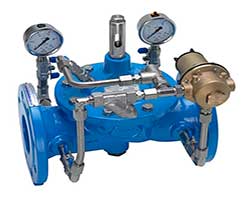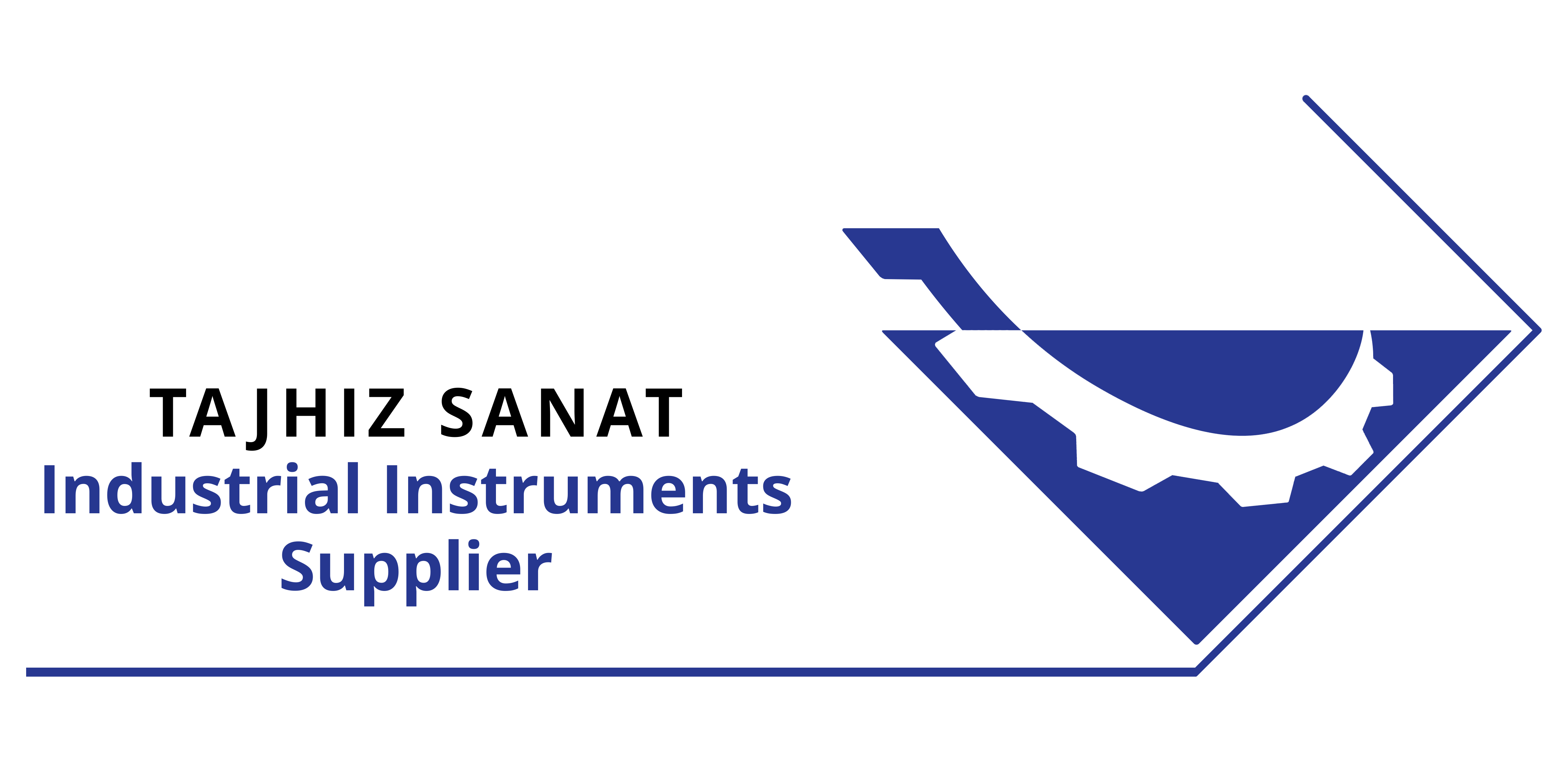
24 Apr Pressure Reducer valve
A pressure reducing valve, also known as a pressure regulator or pressure control valve, is a device that is used to reduce and control the pressure of a fluid in a system. It is commonly employed in various industries and applications to maintain a desired or specified pressure level downstream of the valve.
The primary function of a pressure reducing valve is to take a high-pressure fluid input and decrease it to a lower, pre-set pressure that is suitable for the downstream system or equipment. This helps protect the system from excessive pressure, ensuring safe and efficient operation.
Here are some key features and components of a pressure reducing valve:
Valve Body: The valve body provides the main structure and housing for the valve. It is designed to handle the pressure and flow rate of the fluid.
Pressure Adjustment Mechanism: The pressure reducing valve includes a mechanism to adjust the desired outlet pressure. This mechanism can be a spring-loaded diaphragm, a pilot valve, or a combination of both.
Inlet and Outlet Ports: The valve has separate inlet and outlet ports to allow the fluid to enter at a higher pressure and exit at the reduced pressure.
Diaphragm or Piston: The diaphragm or piston is the moving component that responds to changes in pressure and adjusts the valve opening accordingly. It helps regulate the flow and maintain the desired downstream pressure.
Pressure Gauge: Some pressure reducing valves incorporate a pressure gauge to provide visual indication of the outlet pressure.
Overpressure Protection: Many pressure reducing valves are equipped with an overpressure relief or bypass mechanism to prevent excessive pressure buildup in case of failure or system malfunctions.
Pressure reducing valves are used in a wide range of applications, including water supply systems, steam systems, gas distribution networks, hydraulic systems, and industrial processes. They ensure that downstream equipment or systems receive a controlled and safe pressure level, preventing damage, leaks, and inefficiencies.
It’s important to select the appropriate pressure reducing valve based on the specific fluid, pressure range, flow rate, and application requirements. Manufacturers typically provide guidelines and specifications for installation, operation, and maintenance of their pressure reducing valves, which should be followed for optimal performance and safety.
